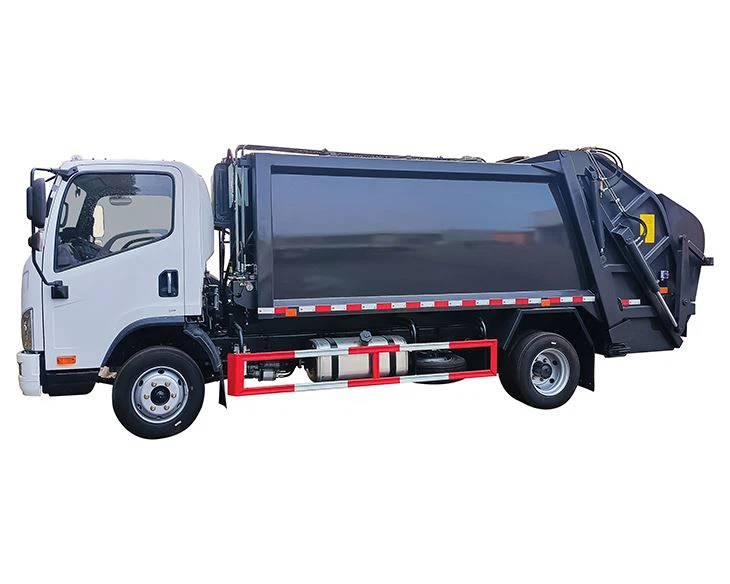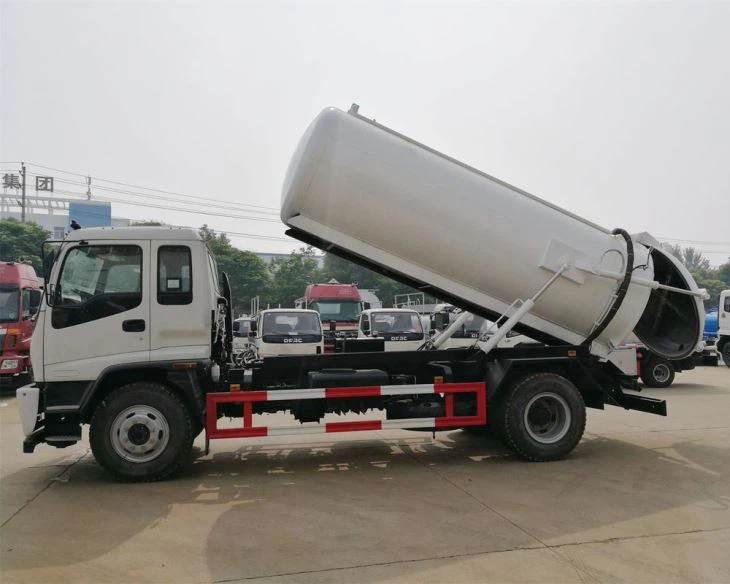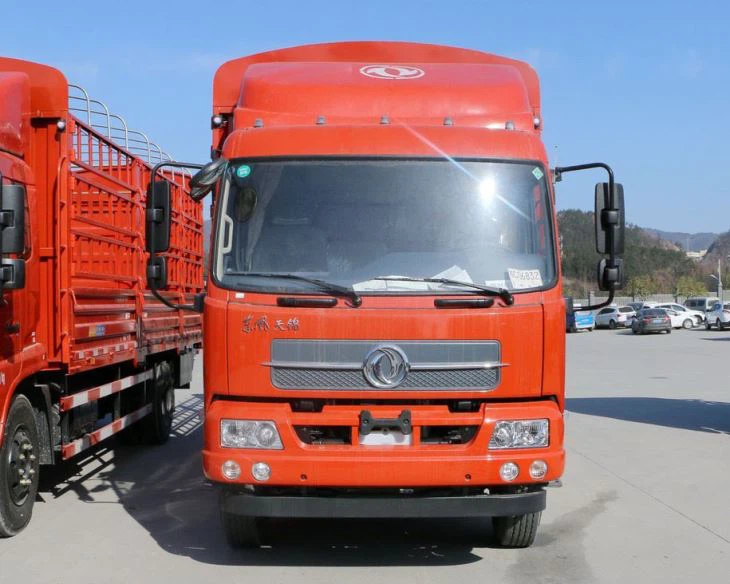Ultimate Guide to Front Load Trash Trucks: Everything You Need to Know

Front load trash trucks play a significant role in waste management, offering efficiency and convenience for commercial and residential waste collection. Understanding their design, functionality, benefits, and maintenance can greatly enhance their usage and longevity. In this comprehensive guide, we will dive deep into the world of front load trash trucks, discussing various aspects you should know to make informed decisions.
What is a Front Load Trash Truck?
A front load trash truck is a type of waste collection vehicle designed with a container at the front that allows for easy loading of waste materials. Unlike traditional rear-loaders, front load trucks have hydraulic systems that lift dumpsters, making it quicker and more efficient to collect waste from commercial establishments.
Common Features of Front Load Trash Trucks
- Dumping Mechanism: Utilizing hydraulic systems, these trucks can lift and dump waste with minimal effort.
- Container Size: Containers can range from 2 to 8 cubic yards, suitable for a variety of waste volumes.
- Compaction: Many models are equipped with compaction mechanisms to minimize the size of waste collected.
- Driver Visibility: Designed for optimal driver visibility, which enhances safety during operations.
How Do Front Load Trash Trucks Work?
Understanding the operation of a front load trash truck involves recognizing its key components and how they function together to facilitate waste collection. The following sections break down this intricate process.
Key Components
- Chassis: The base structure supporting all the vehicle components.
- Loader Mechanism: Hydraulic arms that pick up dumpsters and tilt them into the truck.
- Cylinder: A hydraulic cylinder that provides the lifting power for the dumping process.
- Body: Contains the waste compartment that often comes with compacting features.
Loading Process
The loading process for front load trucks typically follows these steps:
- Approach the dumpster and align the truck properly.
- The driver activates the hydraulic system to lower the arms.
- The arms grab the dumpster and lift it into the air.
- The container is tipped to release the waste into the truck’s body.
- The arms return to their original position, and the truck moves on to the next collection point.
The Benefits of Using Front Load Trash Trucks
Front load trash trucks offer numerous advantages for waste management agencies and businesses.
Efficiency in Waste Collection
These trucks streamline the waste collection process, significantly reducing the time spent at each collection point compared to rear load trucks.
Space-saving Design
They often require less space for operation, allowing for collection in tight areas and busy streets.
Improved Safety Features
- Enhanced driver visibility reduces the risk of accidents.
- Automated processes minimize the handling of heavy containers.
Cost-effective Operation
Front load trucks can lead to lower operational costs due to their efficiency and reduced labor requirements. They also tend to result in lower fuel consumption when collecting larger volumes of waste, thanks to their compacting capabilities.
Different Types of Front Load Trash Trucks
There are various types of front load trash trucks tailored for different applications. Here’s an overview:
Light-Duty Front Loaders
Ideal for small to mid-sized businesses and residential areas, these trucks can handle light waste loads efficiently.
Heavy-Duty Front Loaders
Designed for large commercial enterprises, these vehicles can manage significant waste loads, making them suitable for industrial sites and large apartments.
Compactor Front Loaders
Equipped with a compaction system, these trucks compress waste to maximize the use of space within the truck’s body, ideal for high-volume waste events.
Choosing the Right Front Load Trash Truck
Selecting the appropriate front load trash truck for your needs involves several considerations. Here are some practical tips:
Assessing Waste Volume
Estimate the volume of waste your business generates to determine the size of the truck and container required.
Understanding Local Regulations
Check local regulations regarding waste disposal, as some regulations may dictate specific types of vehicles or collection methods.
Evaluating Budget Constraints
Frontend trash trucks come in a range of prices depending on features, brand, and specifications. Set a budget and compare capabilities within that range.
Exploring Leasing Options
If purchasing a truck is not feasible, consider leasing options that provide access to newer models while maintaining flexibility in finances.
Maintenance Tips for Front Load Trash Trucks
Routine Inspections
- Check the hydraulic system for leaks.
- Inspect the body for dents or punctures that may affect waste containment.
- Ensure the lighting and visibility aids function correctly.
Cleaning Procedures
Regularly wash the truck to maintain cleanliness inside and out, preventing unpleasant odors and corrosion from waste residue.
Lubrication
Keep all moving parts well-lubricated to minimize friction and wear, especially on hydraulic components and joints.
The Future of Front Load Trash Trucks
As waste management technology continues to evolve, so do front load trash trucks. Some emerging trends include:
Electric Front Load Trucks

The future may see a rise in electric front load trucks, reducing carbon footprints and operating costs associated with traditional diesel engines.
Automated Collection Systems

Innovations in automation are improving efficiency and safety, with the potential for fully automated waste collection solutions in the near future.
Conclusion
In conclusion, front load trash trucks play an essential role in effective waste management practices. By understanding their functions, benefits, types, and maintenance requirements, businesses and waste management agencies can optimize their operations and reduce costs. With ongoing innovations, the future of front load trash trucks promises further enhancements in efficiency and sustainability.
Frequently Asked Questions (FAQ)
1. How much can a front load trash truck carry?

A typical front load trash truck can carry between 10 to 30 cubic yards of waste, depending on the model.
2. What types of waste can front load trash trucks collect?
Front load trash trucks are designed to collect commercial waste, including cardboard, food waste, and general trash. However, hazardous materials require specialized handling.
3. How often should front load trash trucks be serviced?
It’s recommended to service front load trash trucks every 3 to 6 months, or after every 5,000-10,000 miles, to ensure optimal performance.
4. Can front load trash trucks operate in residential areas?
Yes, front load trash trucks can operate in residential areas, especially when servicing apartment complexes and businesses with high waste volumes.
5. What is the average lifespan of a front load trash truck?
With proper maintenance, front load trash trucks can last between 10 to 15 years, or potentially longer with advanced upkeep.
6. Are there any regulations concerning front load trash trucks?
Yes, regulations vary by region and can involve emissions standards, waste handling protocols, and overall vehicle specifications. It’s crucial to be aware of local laws to ensure compliance.
